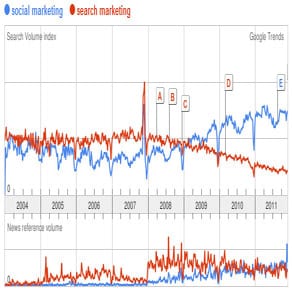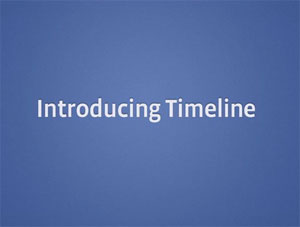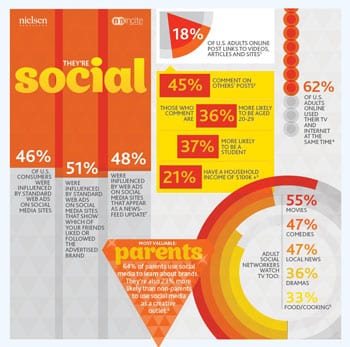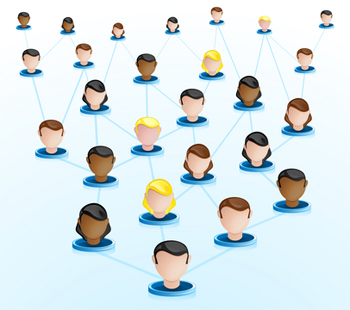[Part 2] Facebook EdgeRank and GraphRank Explained
In this [part 2] post, we attempt to further clarify Facebook EdgeRank and GraphRank; and more importantly, help you put that knowledge to work. If you haven’t already read through Facebook EdgeRank and GraphRank Explained part 1, go back and read it now. After reading Facebook EdgeRank and GraphRank Explained part 1 you should know…

![[Part 2] Facebook EdgeRank and GraphRank Explained](https://4thweb.com/wp-content/uploads/facebook.png)



